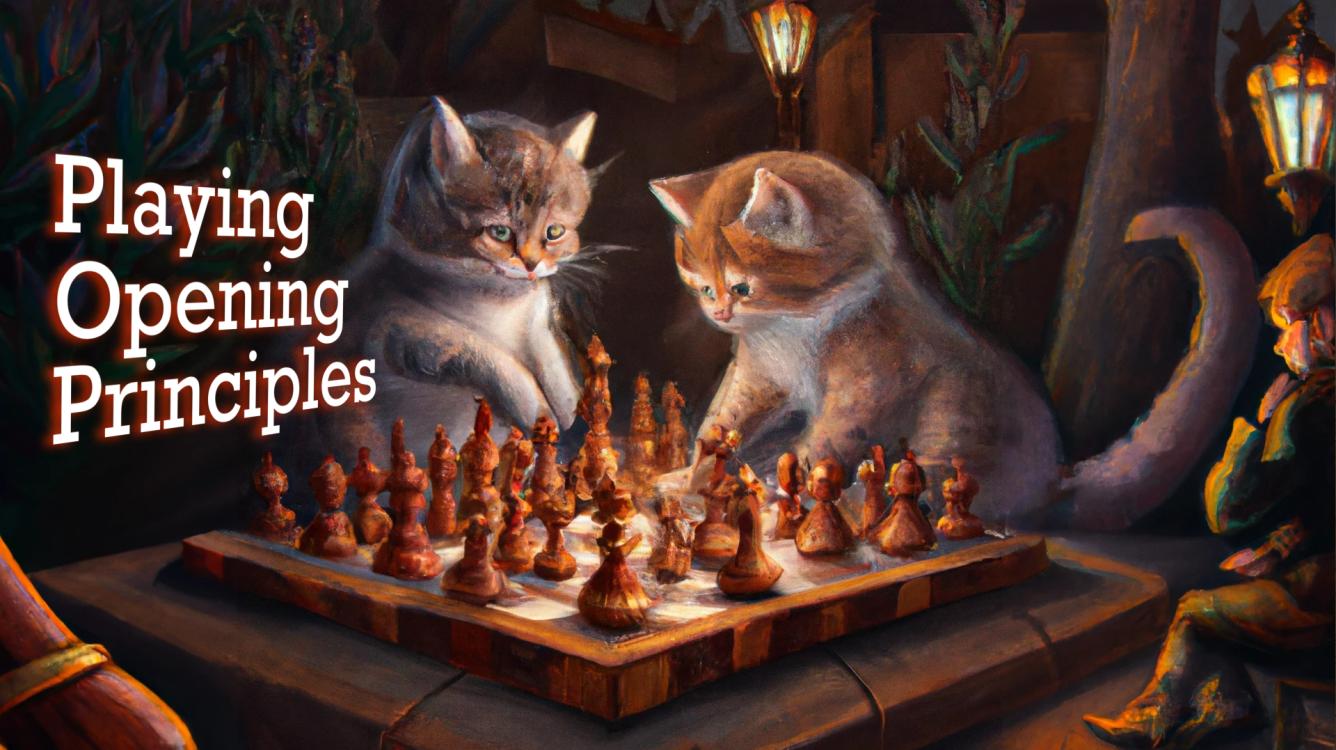
Chess Opening | Playing Opening Principles!
#beginners #vienna
In the last video and blog (https://www.chess.com/blog/vitualis/chess-opening-beginner-principles-and-tips), I played a game against another Chess Boot Camp member @SassySkittles and gave some feedback on their opening. I recommended following the general opening principles (take the centre with pawns, develop pieces - knights before bishops if possible, and then castle before launching an attack) rather than a risky opening strategy they had developed.
This game was a rematch where they tried to implement some of these principles, and they did extremely well! I played the Vienna, and they responded with the Max Lange Defense (1. e4 e5 2. Nc3 Nc6). Black developed the knights, then a bishop, and then castled, ignoring my provocation with f5.
This is practically a perfect solid defence against the Vienna Game with Black castling first and entering the middlegame on an equal evaluation [0.00]. This is one of the things about the general opening principles - it results in perfectly good positions without necessarily understanding much opening theory for a specific, or an unfamiliar opening!
Now as the Vienna Game is kind of my thing, I throw some more aggressive and provocative attacks. I pushed my knight forward early (6. Nd5), knowing that it was an inaccurate move. However, the punishing response for Black isn't obvious (6... Na5) and I was hoping to trade/remove Black's knight on f6. My strategy was to get rid of that kingside defender, cut the board in two with my chain of pawns, and then attack down the kingside while Black's pieces are on the wrong side of my pawn chain.
This strategy was somewhat high risk and with perfect play, Black had an advantage. However, with opposite side castling and then the pawn storm race reaching its end, my pawn chain simply meant that my attack on their king was structurally more venomous than Black's. Operationally, this means that it is easier to play as a human with White than Black.
Nonetheless, Black's first real mistake was on move 16 with a subsequent blunder on move 18. Both involved an underappreciation of the threat of my h-pawn reaching the sixth rank and the ensuing opening of the h-file, with an ensuring checkmate from rook and queen. For a 600-rated player, this is entirely understandable. They played a phenomenal game, and was equal or ahead, for most of the match against an unfamiliar system. Well done!
Game on chess.com: https://www.chess.com/game/daily/468926503



